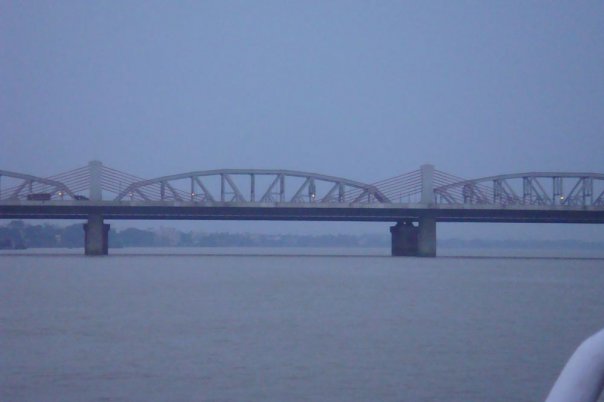Place: CHIKMAGALUR
A coffee picker earns a rupee and a half per hour for his or her labour. At eight hours a day, it would still not be a whole number of even my unsubstantial salary. Yet I offered to do time at the Thirthagundi estate, one of the hundreds of coffee estates in the breathtaking Malnad region of Karnataka.
 |
| The coffee bean acquires a maroon shade as it ripens |
 |
| Coffee in India usually grows in spectacularly beautiful countrysides |
Its fame and reputation spread and it remained a closely guarded secret of the Arab world till expanded trade and smuggling spread it to the rest of the world in the centuries where seafaring mercantilism was at its peak in those times.
 |
| How much coffee will grow on this one? |
 |
| Harvesting is fun! |
Two major varieties are grown, Arabica and Robusta, though the former has greater value for exports. There are about 800 varieties in all though. And there are four crucial individuals in the journey from the plantation to your cup at a nearby cafe—the planter, roaster, blender and brewmaster. We would meet them all, we discovered.
Coffee, before the cup
 |
| Coffee drying at the plantation. The colour difference is according to how strong the coffee needs to be |
Coffee plantations are not just about coffee, we soon discovered. The plantations are dominated by tapering silver oaks and arecanut trees, both which are pruned by specialists who, to do that, do not climb each tree individually, but swing from one tree to another. Just watching them to do at heights of about 15 to 20 feet makes one dizzy. The forests abound in orchids, growing high in the hills. We did not just stop to watch lush green peppers, but bit into them immediately. Hot, but oh so fresh.
The ripe red coffee cherries are best for picking—note that unlike tea, which comes from leaves—coffee comes from fruit, making processing that much more difficult, points out the coffee lobby, combating the much greater popularity of tea in India. The cherry has few takers, as it is sweet in an unpleasant way. Apart from the civet of course, whose droppings make for the most expensive coffee in the world, at about $10,000 for a mere cuppa! Madonna never travels without it, one is told!
 |
| Inside the CCD factory |
Next came the roasting machines—three storey high machines that purred and whizzed and hissed almost unceasingly. And there’s a new one in the company. From there is was just a short step to packing, which involves special six-layered packs that let the heat escape but not the aroma, so that when you open the packet, you still smell fresh coffee. Don’t ask me how.
 |
| Ok, our efforts at brewing may not pass your exacting standards, but we were pretty proud |
We may not have got that right, but between learning the right fruit to pick to the right grinding proportions, a cup of coffee no longer remained just that. It is a work of art!

















